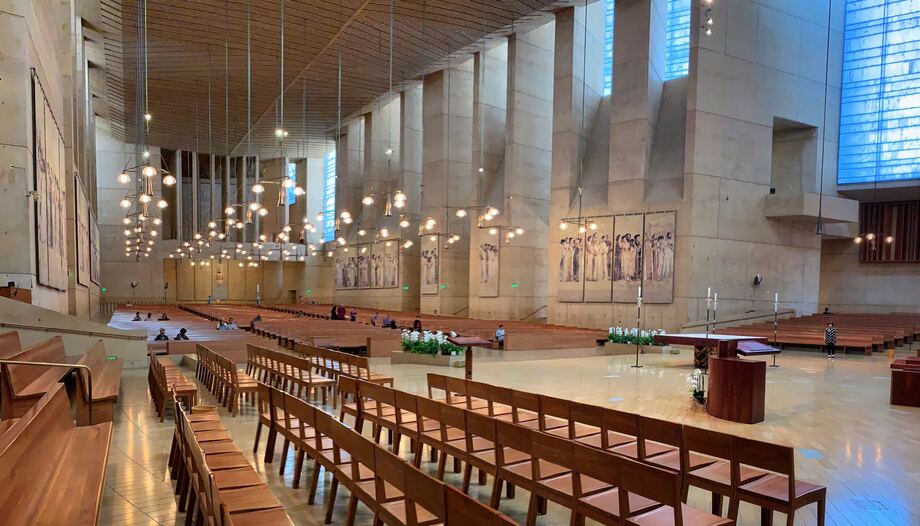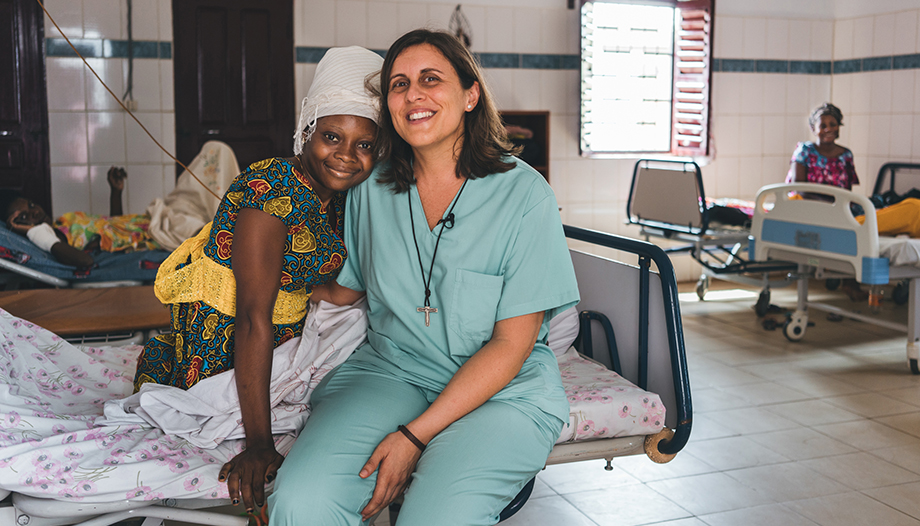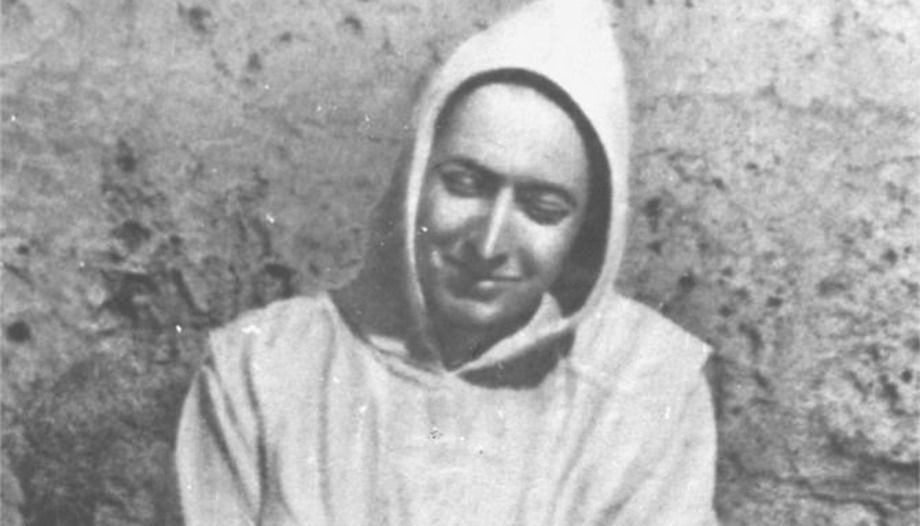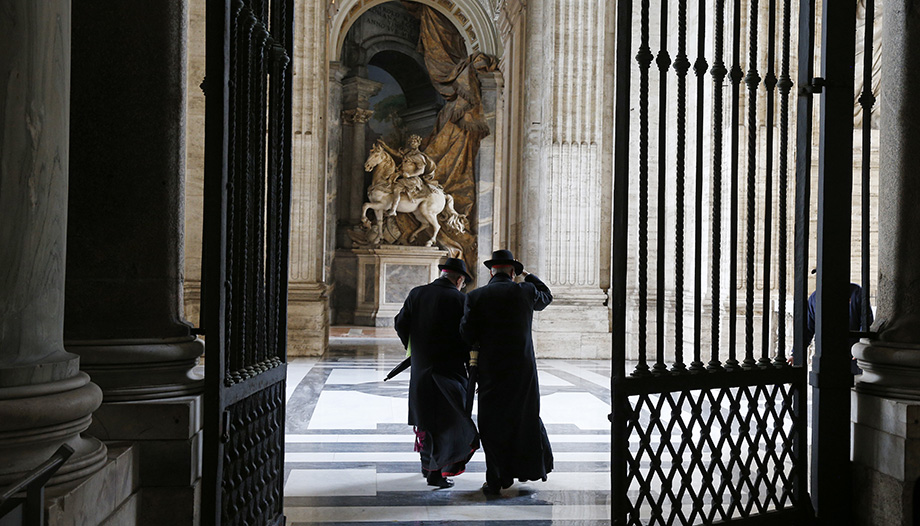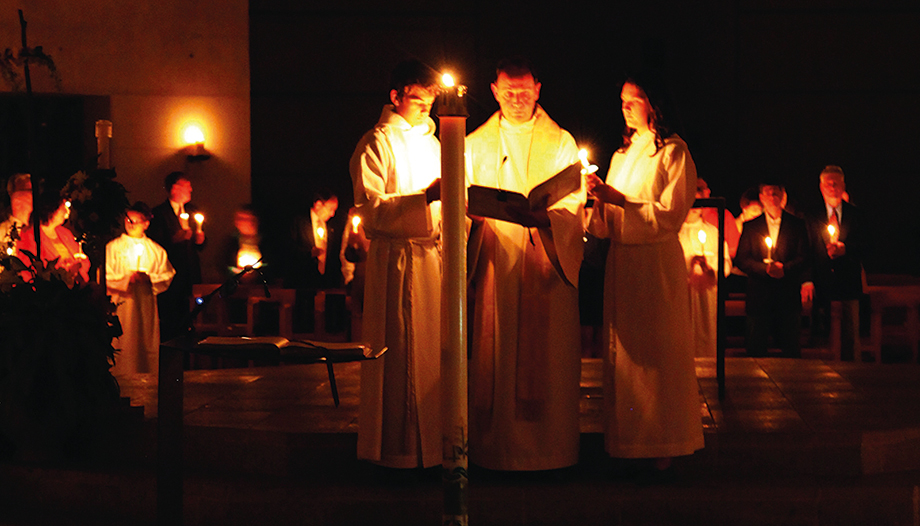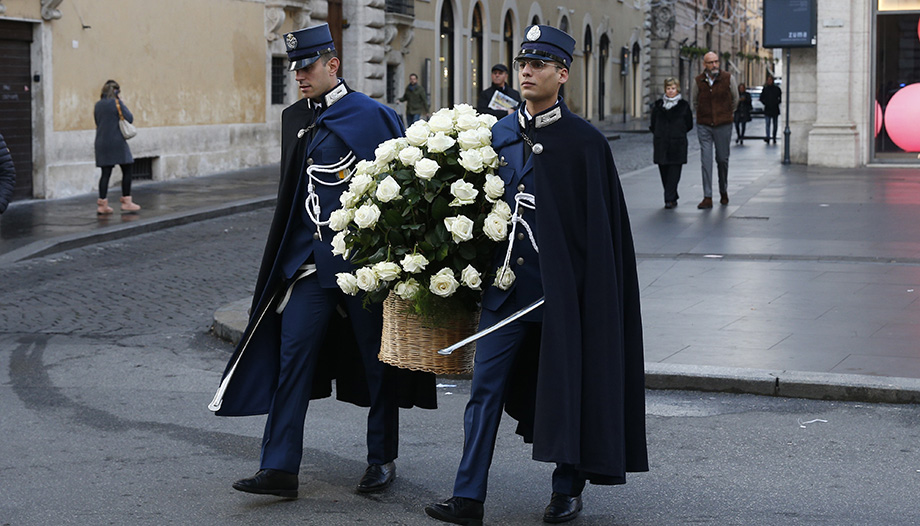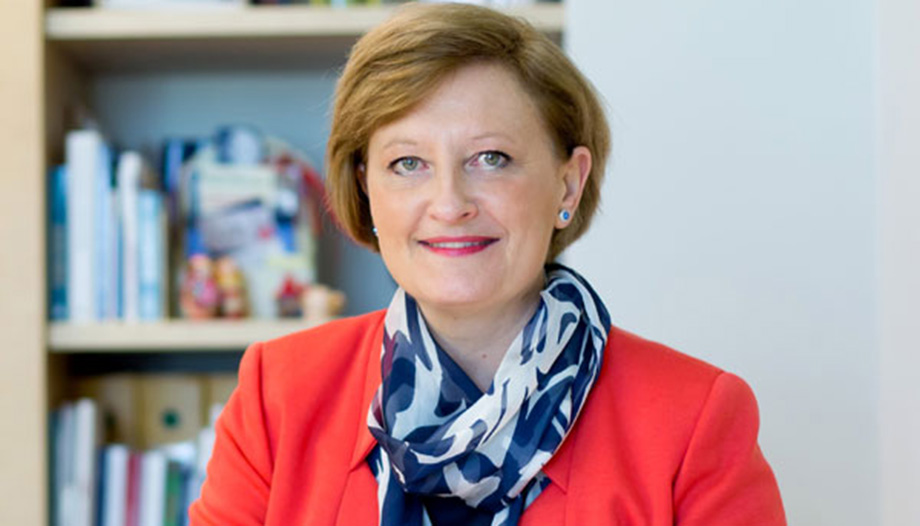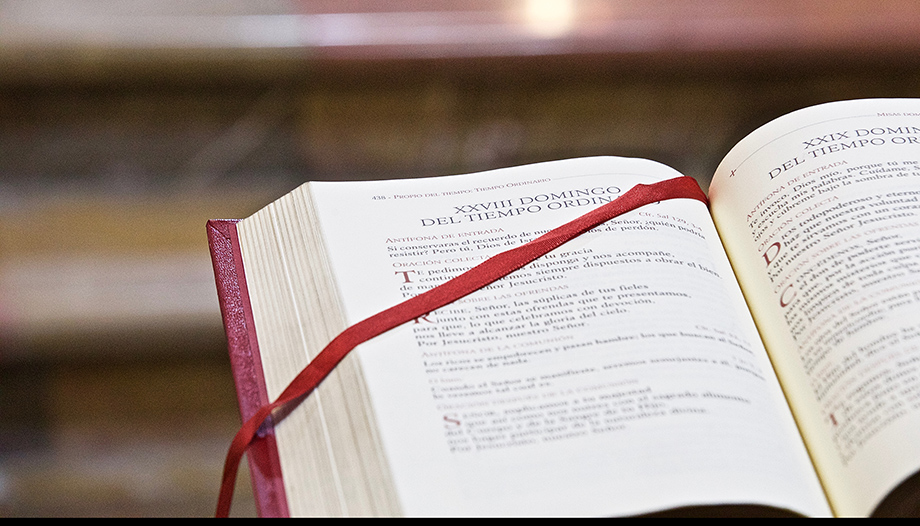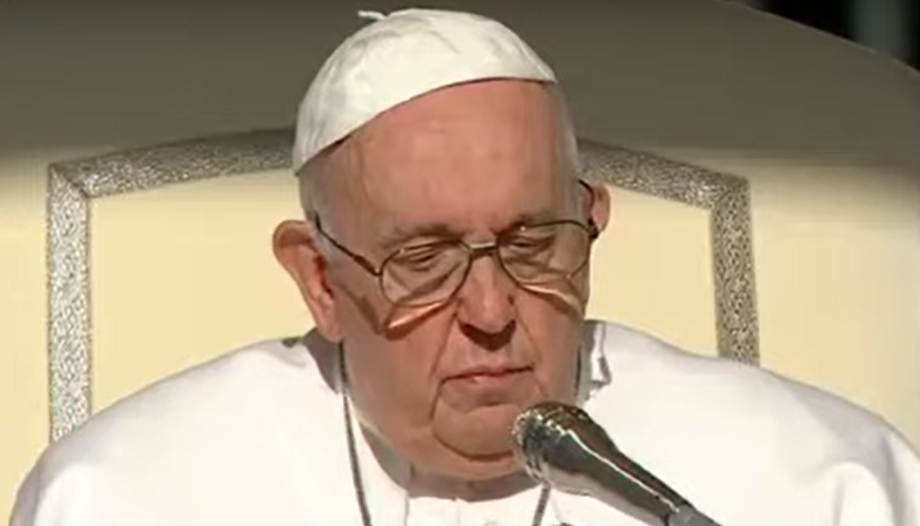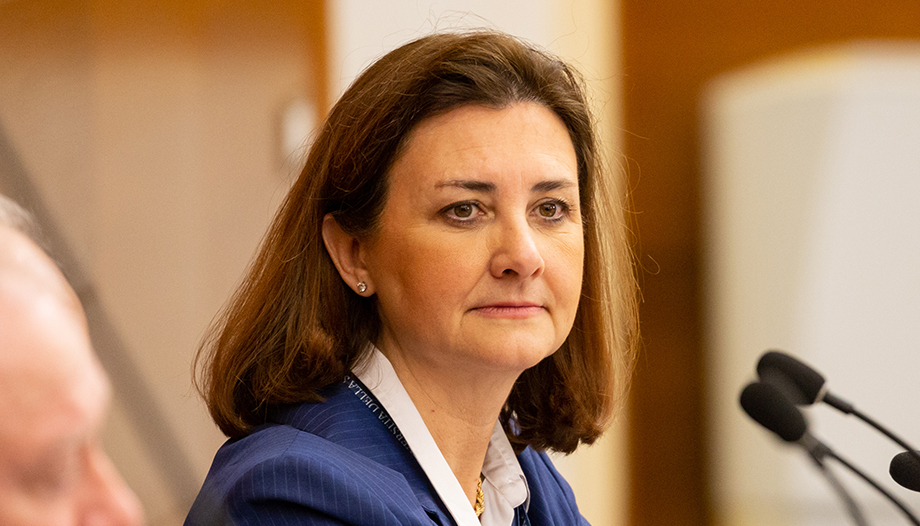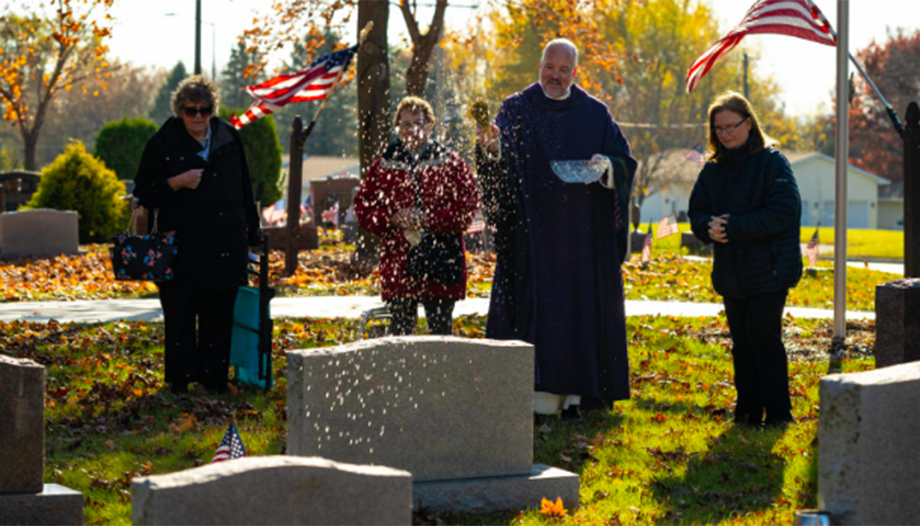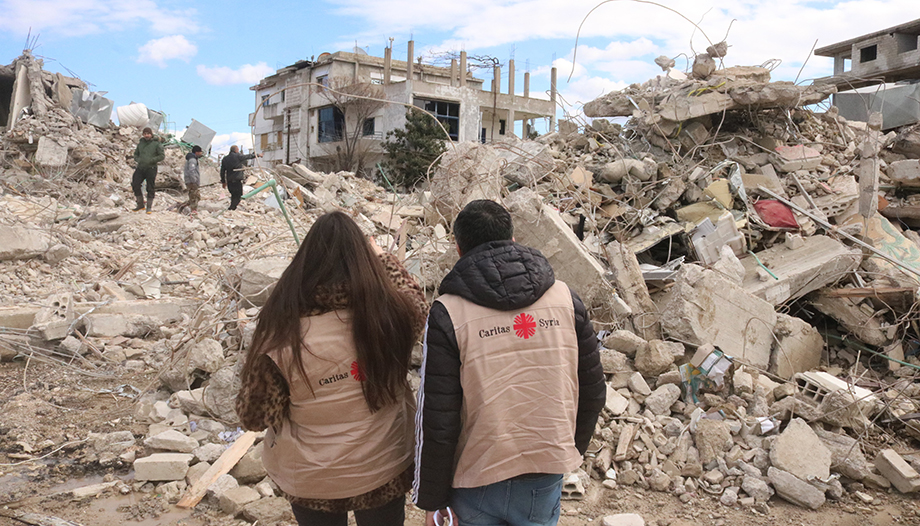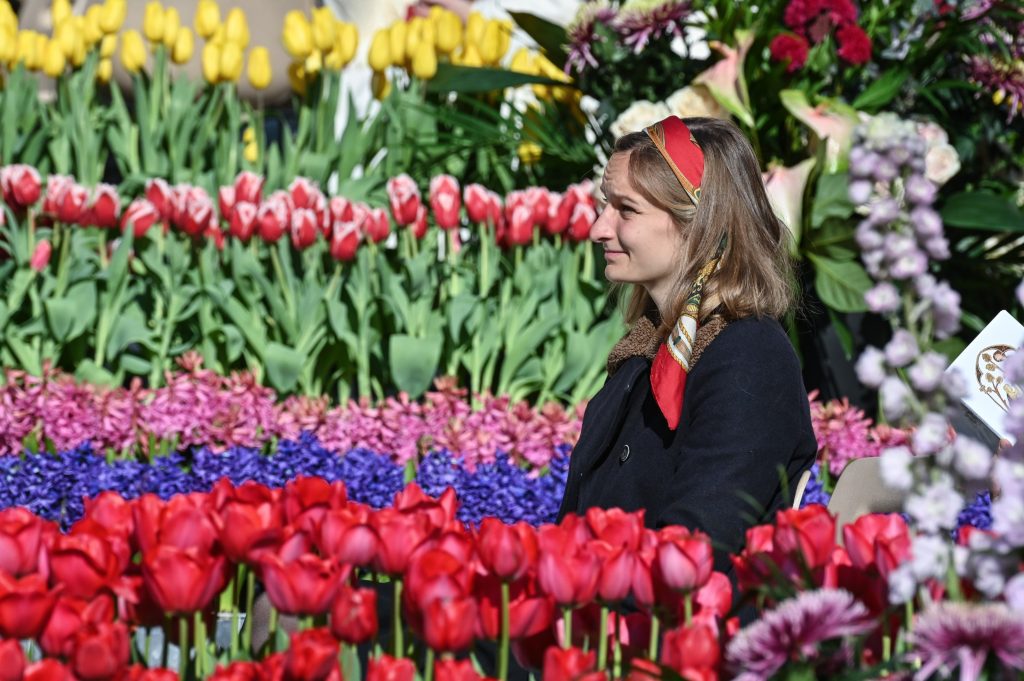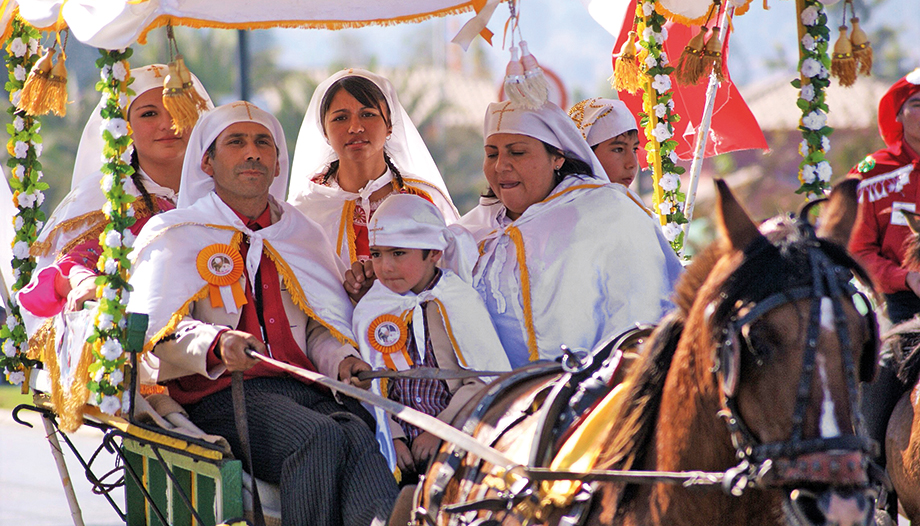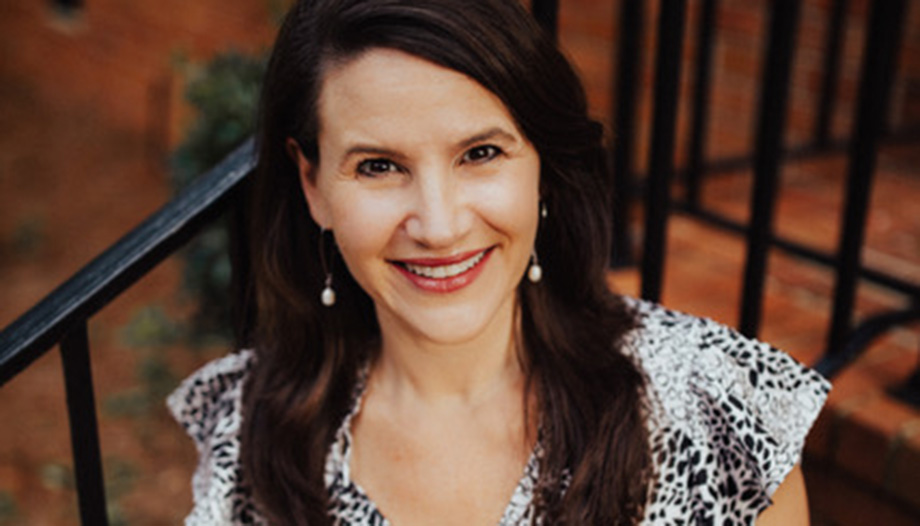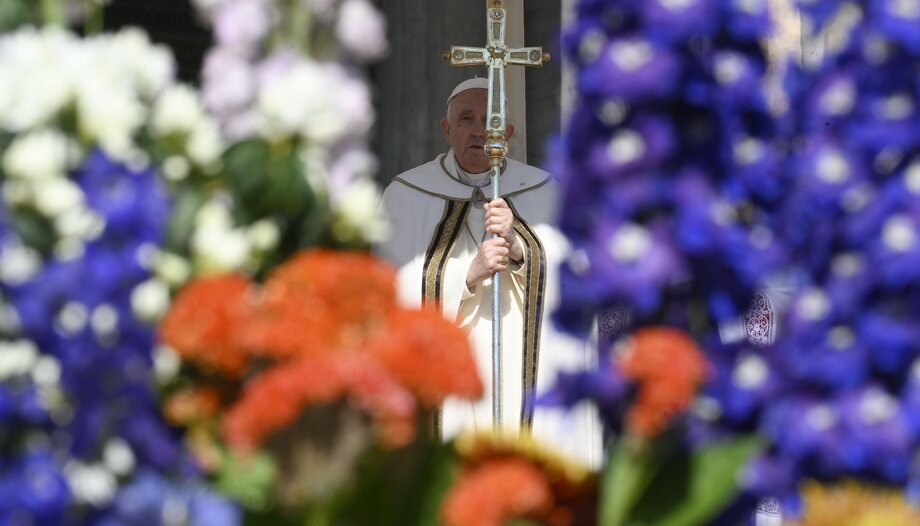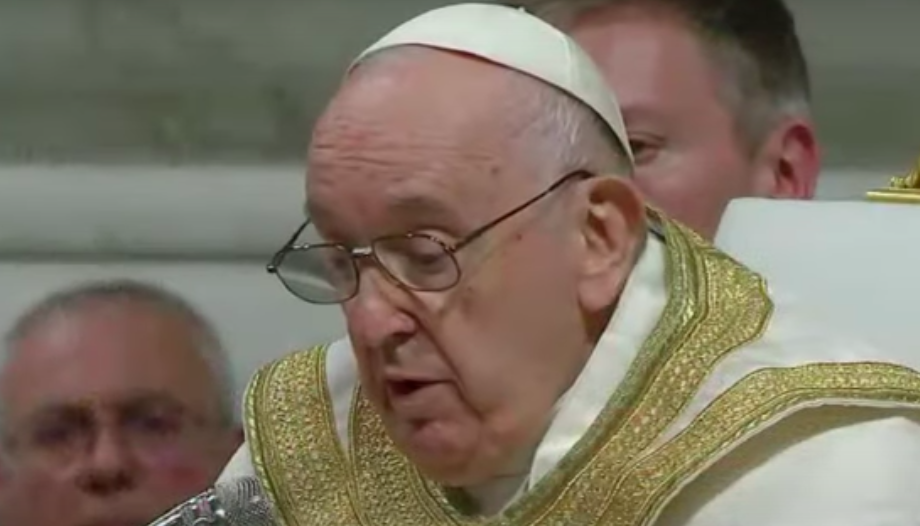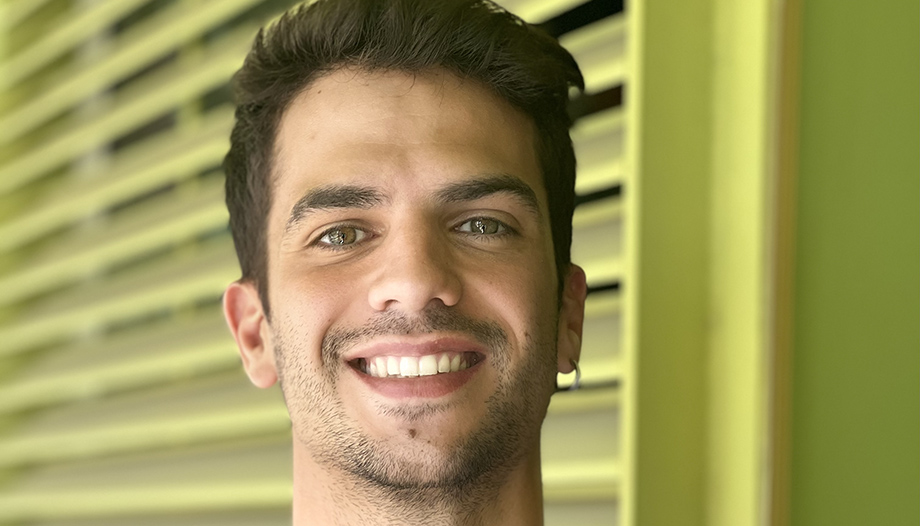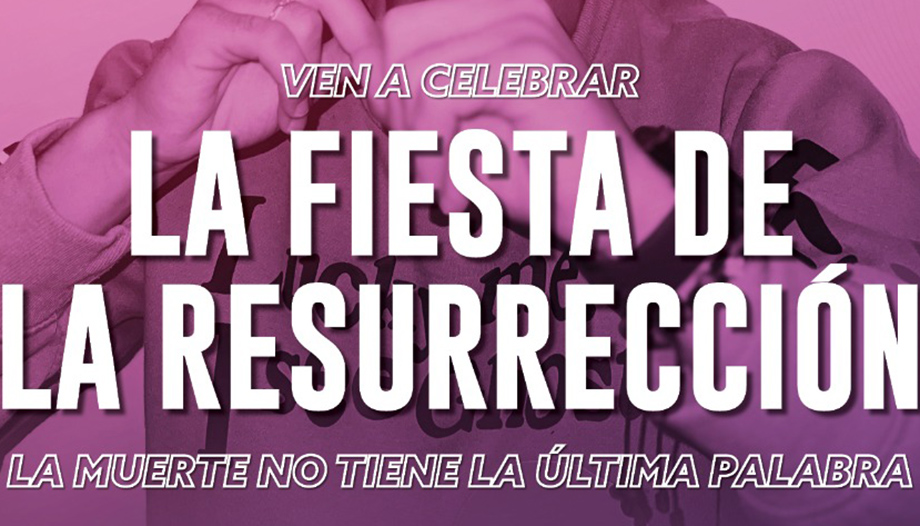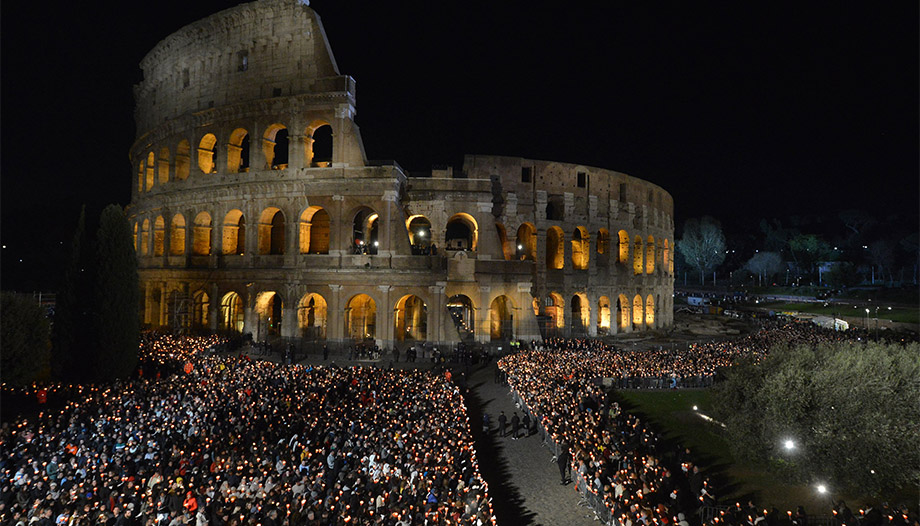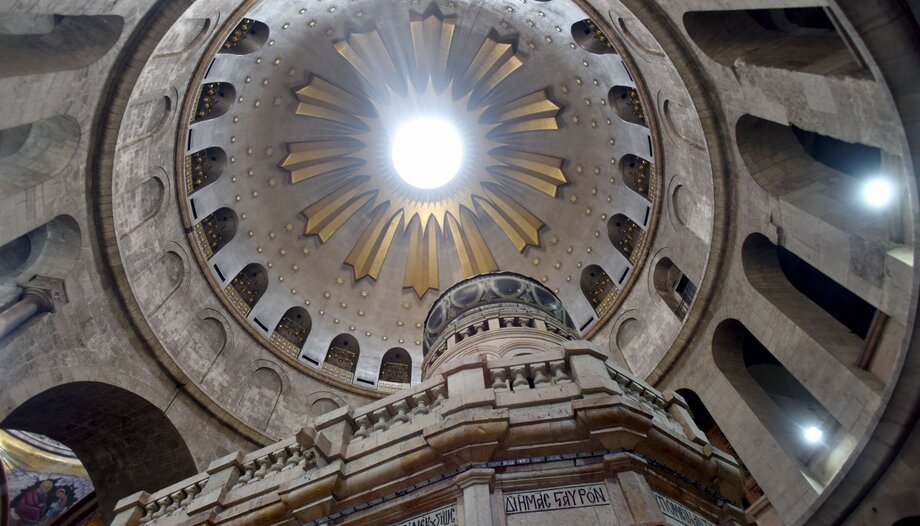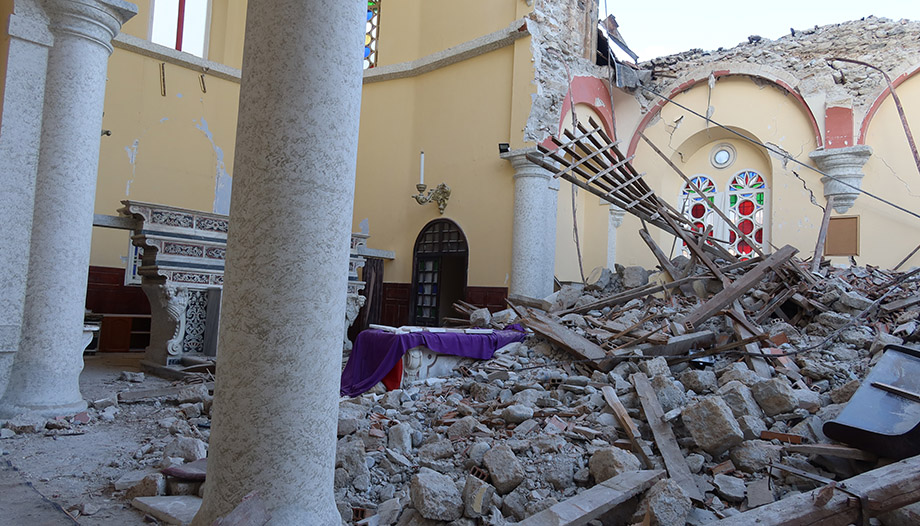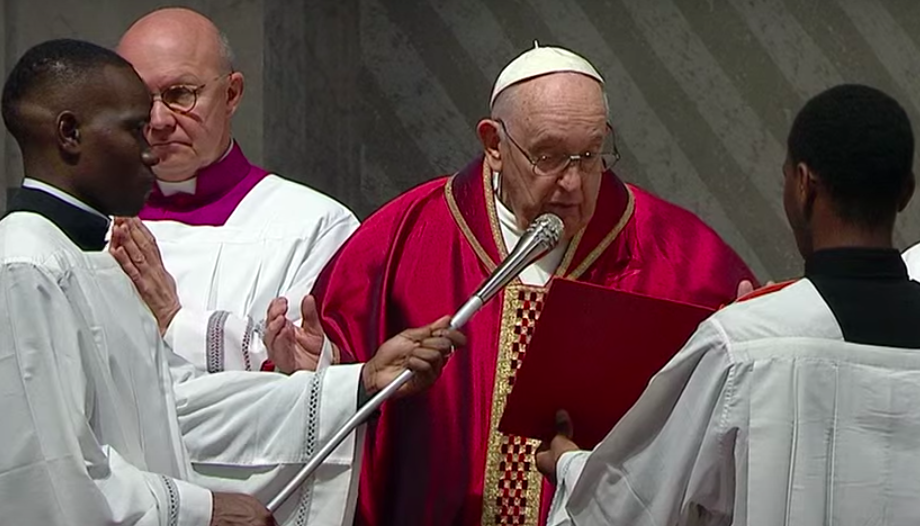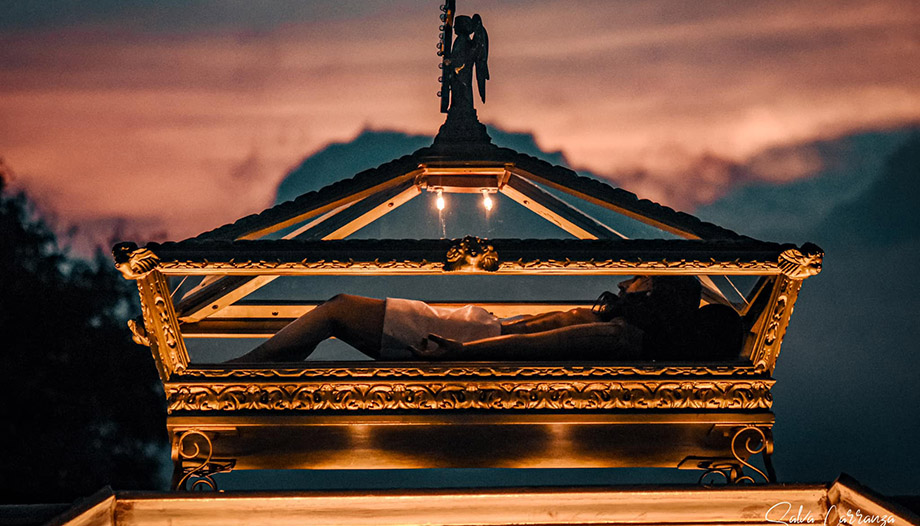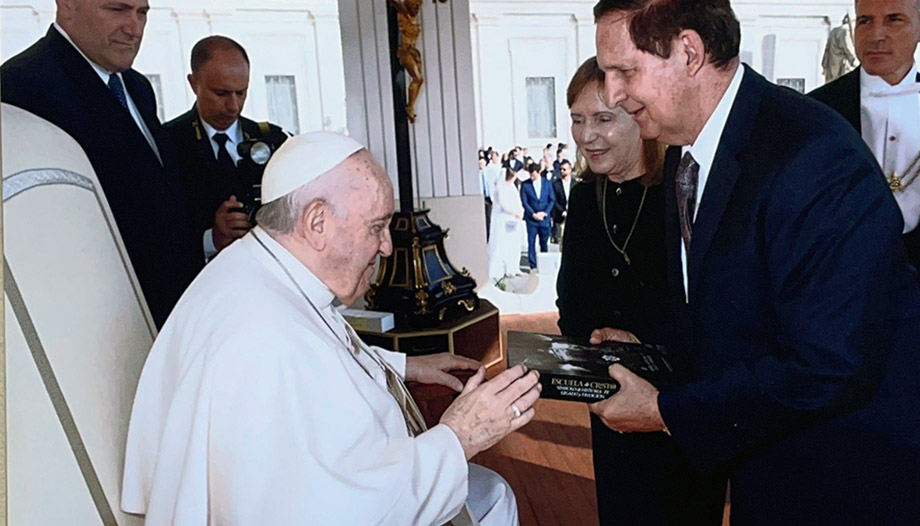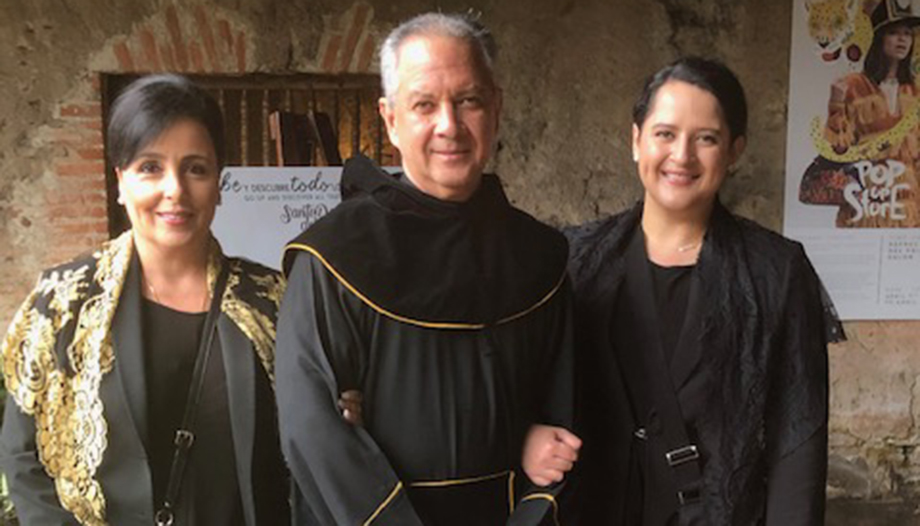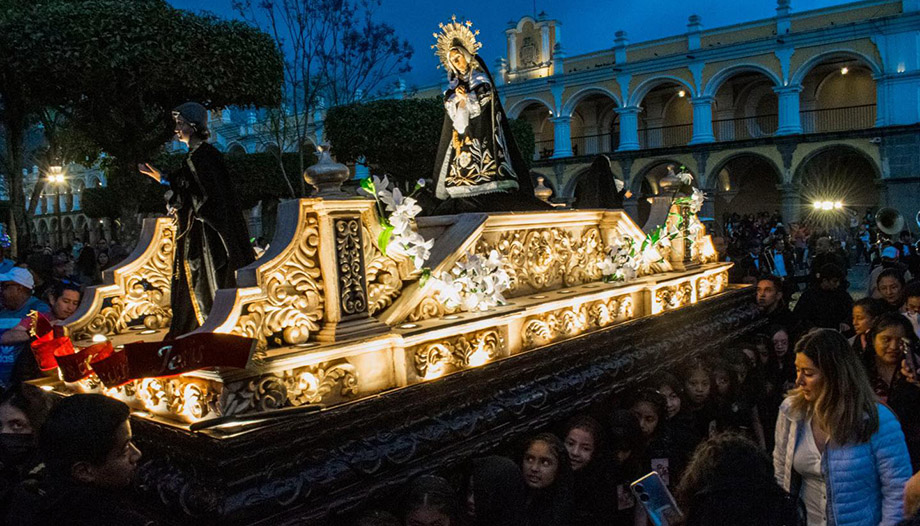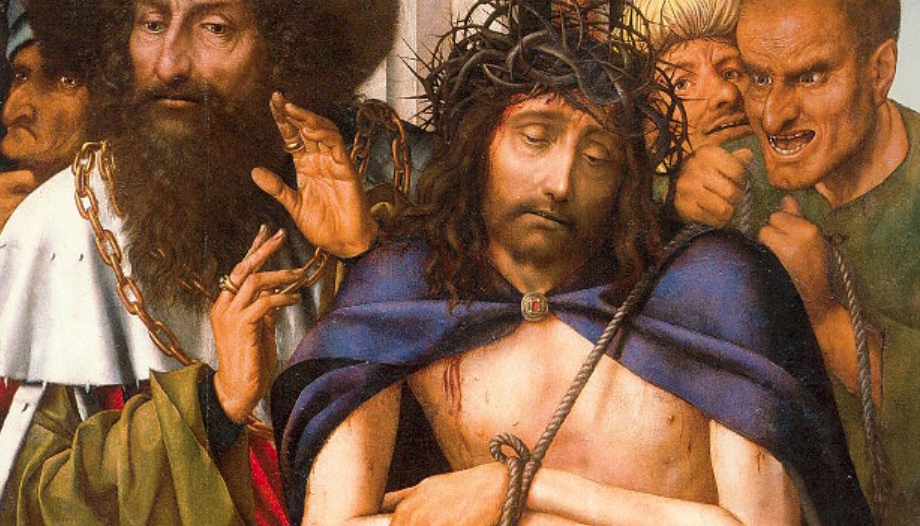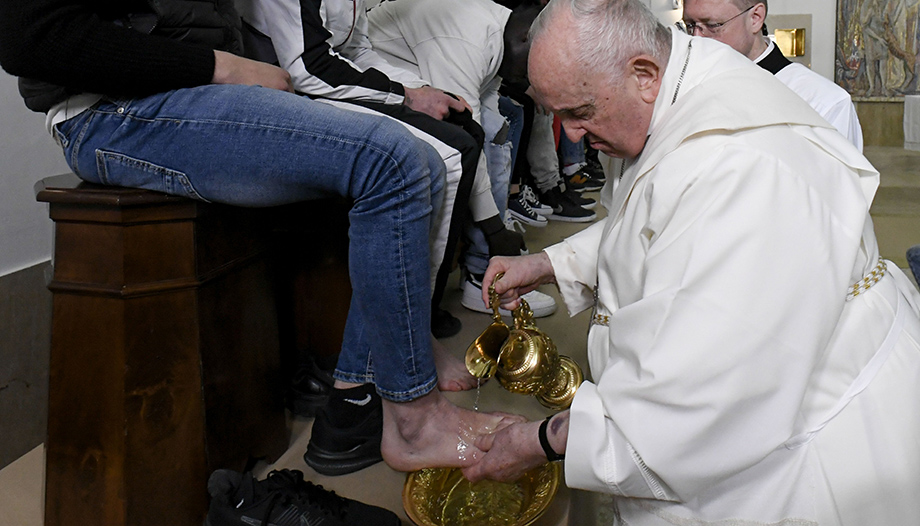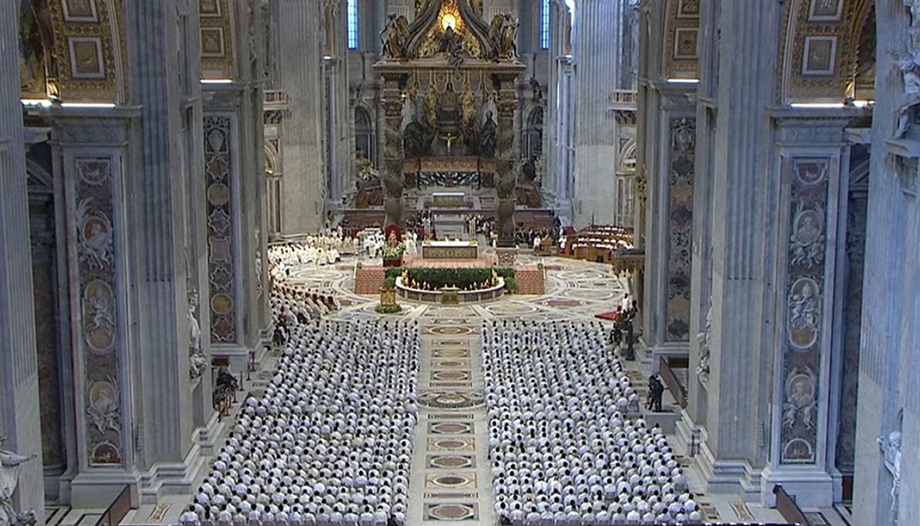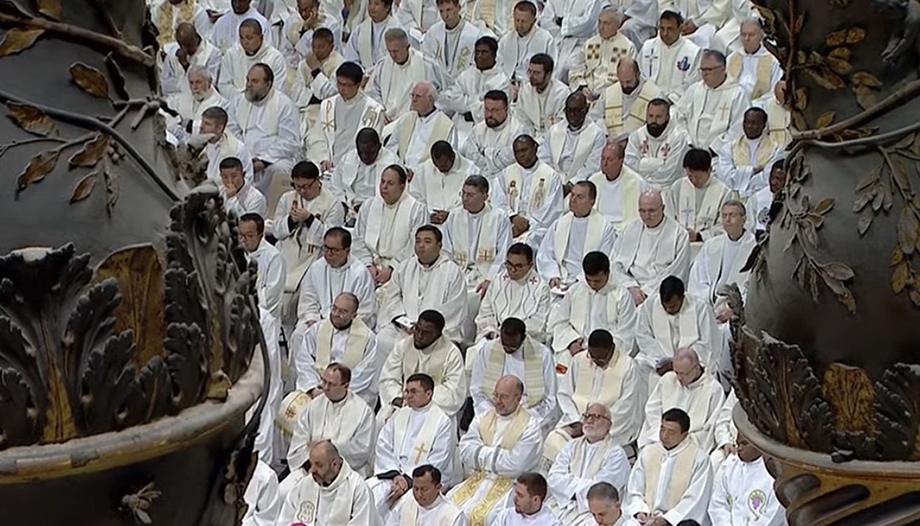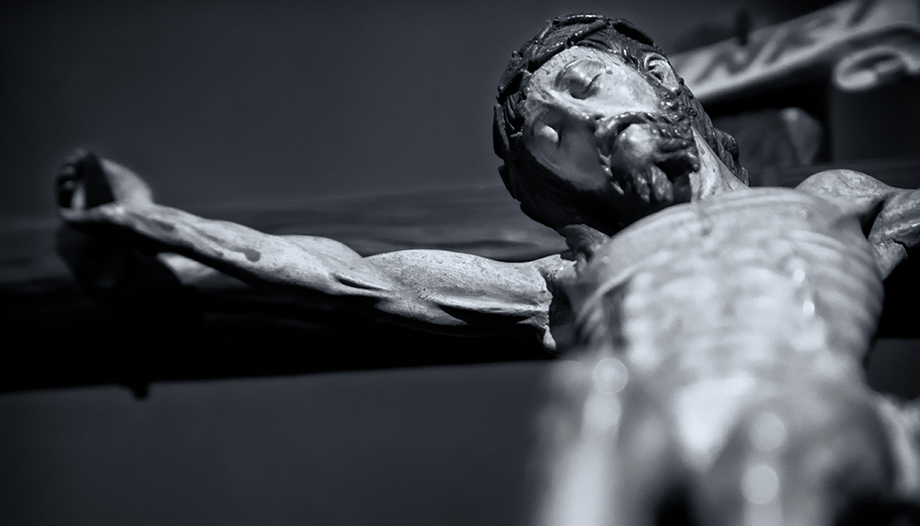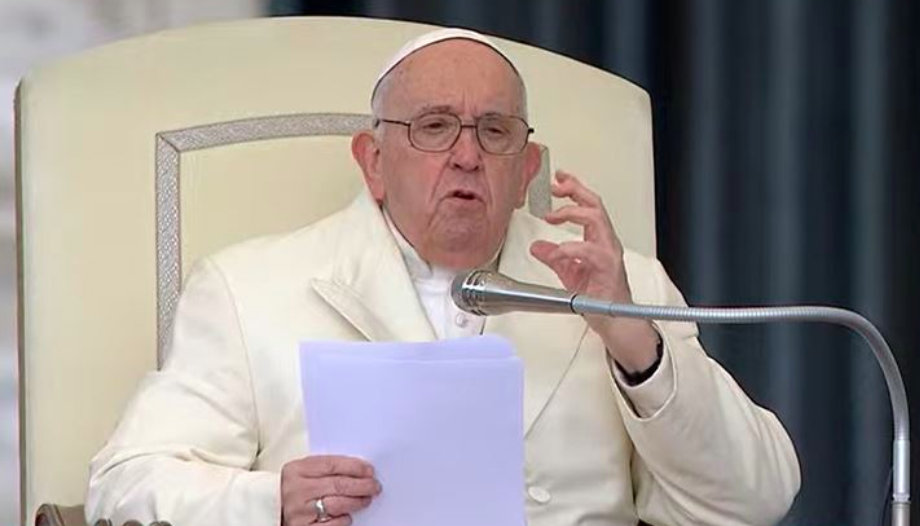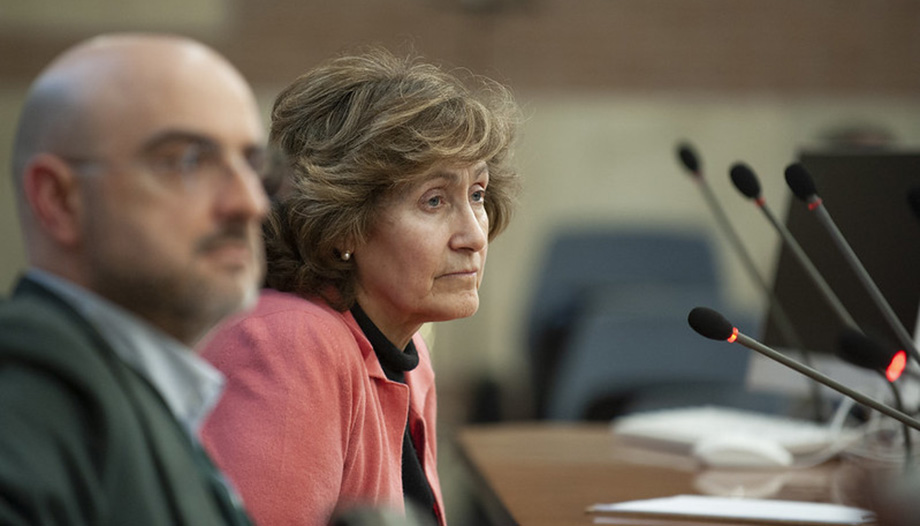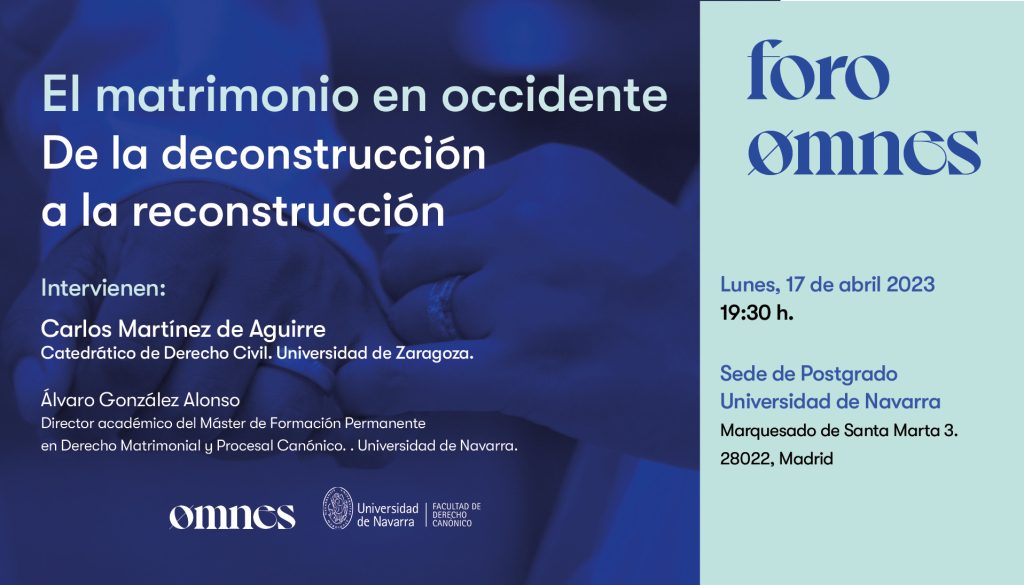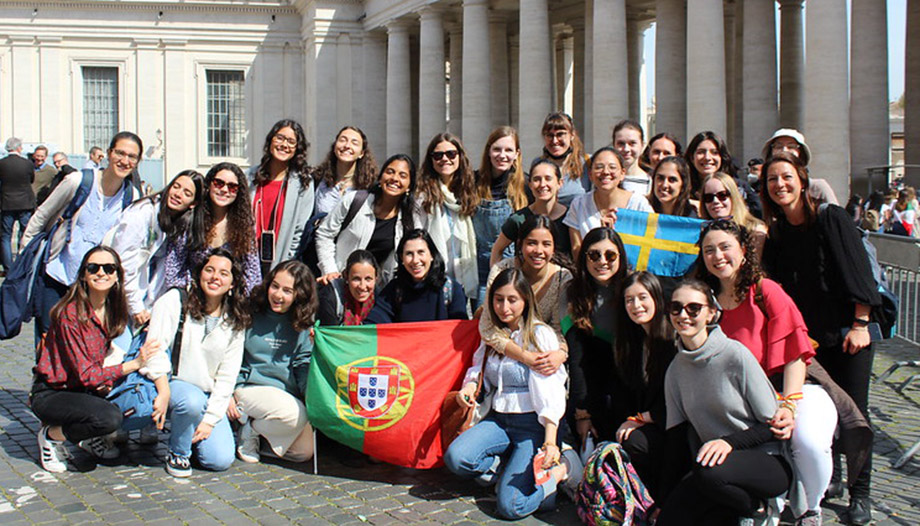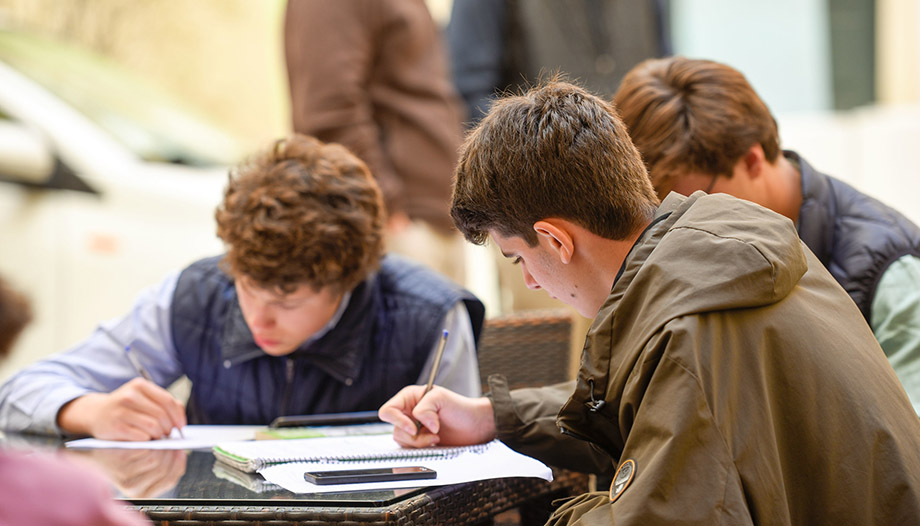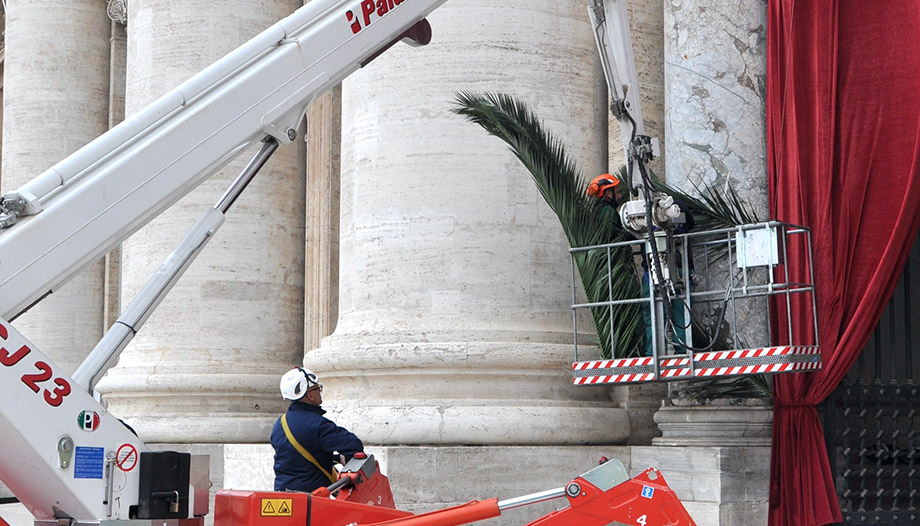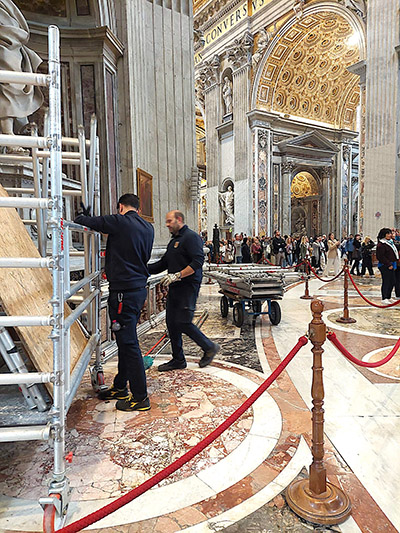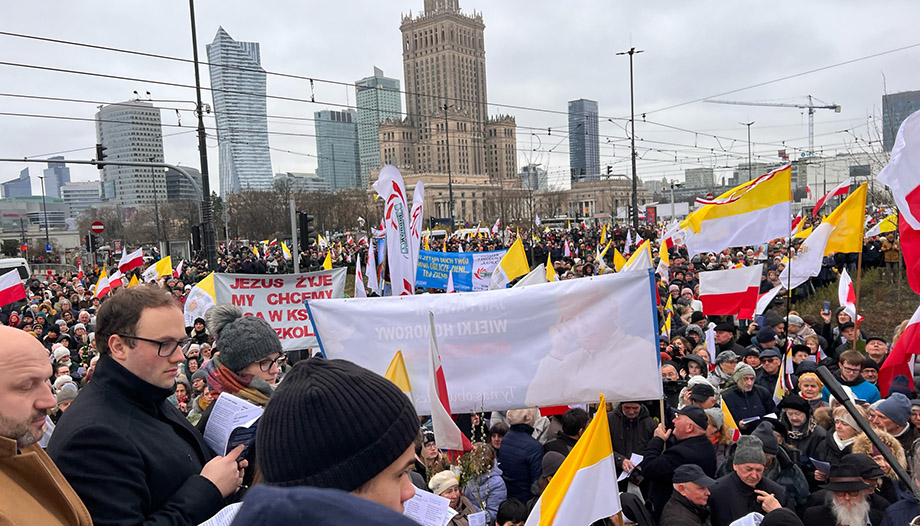We continue our account of the last hours of the earthly life and death of Jesus Christ, in search of historical, medical and archaeological details that confirm the veracity of what is narrated in the Gospels.
The crurifragio
We know from the Gospels that, once Jesus was dead, great care was taken to remove his body from the cross. For the other two condemned to the same ignominious death, the thieves, there was the same haste. That day was, as the Johnthe "Parasceve".
Jesus already appeared to be dead. To verify this, they opened his side with a spear, piercing his heart, from which blood and water came out (hemopericardium phenomenon).
The other two had their legs broken (the so-called crurifragium).
Very important, from this point of view, was, in 1968, the discovery of human remains, 335 skeletons of Jews from the 1st century AD in a cave at Giv'at ha-Mivtar, north of Jerusalem.
Medical and anthropological analysis of the corpses revealed that many had suffered violent and traumatic deaths (presumably crucified during the siege of A.D. 70).
In a stone ossuary in the same cave, engraved with the name Yohanan ben Hagkol, were the remains of a young man of about 30 years of age, with the right heel still attached to the left by a nail 18 centimeters long. The legs were fractured, one of them cleanly broken, the other with the bones shattered: it was the first documented evidence of the use of the crurifragium.
These bone finds are very valuable because they illustrate the crucifixion technique used by the Romans in the 1st century, which, in this case, consisted of tying or nailing the hands to the horizontal beam (patibulum) and nailing the feet with a single iron nail and a wooden peg to the vertical post (a piece of acacia wood was found between the head of the nail and the bones of Yohanan Ben Hagkol's foot, while a splinter of olive wood, from which the cross was made, was attached to the tip).
The burial
The discovery of Giv'at ha-Mivtar is of great importance and confirms that, unlike what happened in other parts of the Roman Empire (some scholars rejected, even ideologically, the Gospel account of the burial of Jesus, claiming that those condemned to death by crucifixion were not buried, but left to rot on the gallows, exposed to the birds and the elements), in Israel the dead were always buried, even if they were condemned to death by crucifixion. This was stated by the Israeli Jewish scholar David Flusser. An obligatory precept, imposed by religious law (Deuteronomy 21:22-23), required that they be buried before sunset, so as not to defile the holy ground.
There is a consensus among archaeologists about the location of the crucifixion of Jesus on the rock of Golgotha, today within the Holy Sepulchre, a place characterized by numerous excavations that have brought to light tombs excavated there and dating back to before 70 AD. The Gospels tell us that Jesus was buried in a new tomb, a short distance from the place of death.
Normally, the Jewish rite consisted of anointing and washing the corpse before burial. However, in the case of a person condemned for violent death, both to avoid touching the blood and the corpse itself (according to the rules of purity) and so that the blood itself, symbol of life, would not be dispersed, the body was wrapped in a shroud, which is not a sheet, but a roll of cloth several meters long, like the Holy Shroud.
According to the law, in addition, the clods of earth on which his blood had fallen and, probably, the objects that had touched him had to be buried with the corpse (as the latest studies on the Holy Shroud would also show).
It is likely that, once the body of Jesus had been wrapped in the "syndon." further bound (excluding the head) with bandages (othóniaThe shrouds were perfumed inside and out, but not before two shrouds were applied, one inside the shroud (chin cloth) and the other outside the shroud. All this outside the tomb, on the stone of the anointing.
The stone, the interior of the tomb and the shrouds were anointed with a mixture of myrrh and aloes of about one hundred pounds (32 kilos and 700 gra,os), which was to perfume the tomb. The rest of the lotion was poured on the swaddling clothes and the shroud, but not on the body.
The function of the bandages and the shroud, placed over the cloth, was to prevent the evaporation of the aromatic mixture.
Bands and bandages at the Resurrection
The correct translation of the Gospel of John (20:5), where we read that the young apostle "he saw and believed" (eiden kai episteuenhaving "eiden" also an intrinsic meaning of "realize", "experience") is not bandages and cloths lying on the floor, but "bandages stretched out".we would even say "put" (Latin for "put"). posita), "sunk" (othónia kéimena).
The verb kéimai refers to an object that lies low or descends as opposed to something that remains upright. The scene presented to the viewer contemplating the empty tomb is that of a Jesus as "evaporated" with respect to the Shroud, the swaddling clothes, and the shroud, which Peter saw, according to the official translation, "not with bandages, but folded in a separate place".
This shroud is the outermost, the second one, placed outside the Shroud, which was there chorís entetyligménon eis ena topon: the preposition eis expresses a movement, while ena is not the numeral "one"as well as "topon"does not mean "position", but the whole expresses the hardening of the shroud itself, which remained starched and raised, not warped, but "in a unique position", that is, in a strange way.
This particular situation is also depicted in the final scene of the film The Passion.
The Holy Shroud
The Holy Shroud is undoubtedly the most studied textile in the world. It is a linen cloth approximately 3 meters long on which is printed the image of a tortured, crucified and dead man.
As for the dating of the cloth, there have been several controversies among scientists (according to an analysis carried out with the carbon-14 method, it would date from the Middle Ages, but this method was later refuted because at that time there was a fire that would have altered the cloth).
However, a recent studyX-ray dating of a linen sample from the Shroud of Turin, dates it to the time of the Passion of Christ.
The man on the Shroud shows a very pronounced cadaveric rigidity, typical of deaths from trauma, asphyxia, torture and hypovolemic shock.
The man's knees are partially flexed, a position compatible with the crucifixion procedure described above.
The hands, for their part, are crossed over the groin and the right hand, in particular, appears off-axis with respect to the left, which would be compatible with the dislocation of a shoulder to stretch the arm and pin it to a part of the stipes.
It is impossible to reproduce in nature the phenomenon that imprinted the image of man on the canvas (similar to an oxidation, also known as "corona effect", a phenomenon observable in the famous "sacred fire of Jerusalem"). The images are printed by orthogonal parallel projection (something never seen in nature, comparable in a way to radiography).
In 1926, the photographer Secondo Pia, photographing the Shroud for the first time, realized that he had a positive and a negative.
Studies conducted over more than a century have shown that the body contained in the cloth did not suffer putrefaction (there are no traces of it), so it could not have been wrapped in it for more than 30 to 40 hours.
Traces of AB blood were found in at least 372 wounds lacerated by flagellation, bloody lines of what appears to be the imprint left by a crown of thorns, as well as wounds inflicted by nails.
Even more disconcerting, if confirmed by the rest of the scientific community, would be the very recent study carried out by the Italian Giuseppe Maria Catalano, of the International Institute for Advanced Studies in Spatial Representation Sciences of Palermo (Italy).
This study is based on analyses carried out by means of projective geometry procedures, which is the geometry of energy radiation, descriptive geometry, and very high resolution topography and photogrammetry, all of them techniques used in archaeology and applied not only to the Shroud, but also to the Oviedo Sudarium.
According to the scientist, the fabric, on which all the previous evidence (such as the rigor mortisThe body, the atrocious and mortal wounds and the abundant hemorrhage) would present several distinct and sequential images that would demonstrate that the man wrapped in the cloth would have moved after death, crossed by radiations that would then have imprinted on the linen a sequence of superimposed but distinct images. In practice, the body moved, and with it the objects visible on it.
Very high resolution photographic analyses have made it possible to highlight how the objects, and the very members of the body of the man in the Shroud, would have been printed several times and in different positions, as if they were in motion at the moment of the very high emission of light that printed them (nails, hands, etc.) in a few seconds, as in a stroboscopic effect, which, in modern photography or cinema, is that optical phenomenon that occurs when a moving body is intermittently illuminated.
In the body itself, remains of objects never observed in previous analyses were found, such as nails; a lumbar band that seems to be compatible with a fabric used to lower the corpse from the cross; a perizonium, a type of undergarment used in antiquity; chains; the rings of an ornamental chain, at head level, that could have been used to attach the shroud to a pad (perfectly compatible with those observed in the Oviedo Sudarium); remains of sarcopoterium spinosuma thorny plant typical of the Near East, which may have been used to weave a crown of thorns or a crown of thorns. tefillinThe "prayer bags", small square pouches with ribbons that Jewish men wrapped around their arms to pray.
More advanced studies in the field of geometry also seem to show that the radiation that was produced, and which imprinted the images on the canvas, would have lasted only a few seconds and, coming from an internal but independent source, would have passed through the body itself and emitted particles that would have created images on the canvas, images of a living and moving body.
Whatever the current and future studies on the passion, death and resurrection of Jesus, what emerges from the documentation already available (archaeological, historical, technological, etc.) never ceases to amaze, because science confirms again and again what is described in the Gospels.
The authorGerardo FerraraWriter, historian and expert on Middle Eastern history, politics and culture.











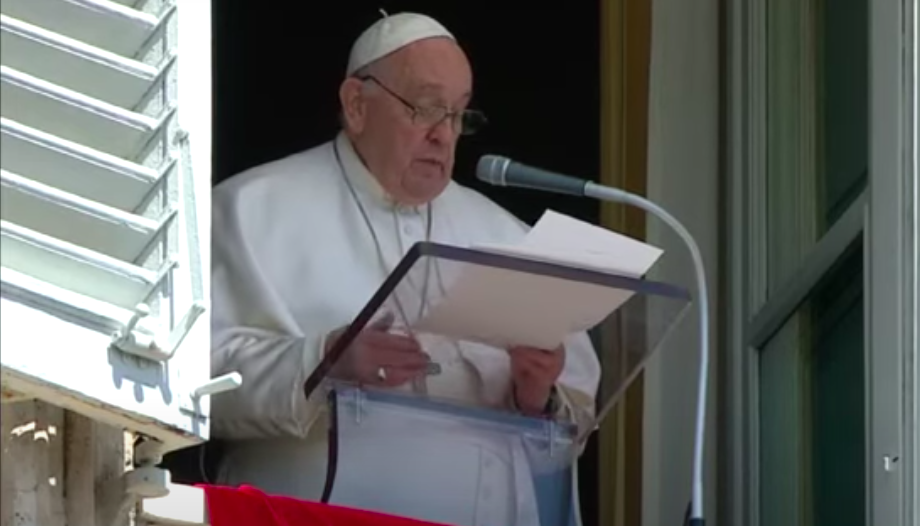
 Navarro-VallsJoaquín left a good part of his memories of John Paul II ready for publication".
Navarro-VallsJoaquín left a good part of his memories of John Paul II ready for publication".